
Paper Trail: Explore The Load-Bearing Evolution of an Ancient Material
In studios across the globe, designers are transforming one of humanity’s oldest manufactured materials into furniture that defies material expectations – pieces that look like concrete, feel like wood, and hold weight like steel, yet emerge entirely from paper. While typically confined to temporary objects and disposable goods, paper has undergone a major revolution in contemporary design workshops. The results in 2024 challenge our fundamental assumptions about material properties, sustainability, and the future of furniture design. This shift raises compelling questions: How do traditional material categories limit design innovation? What happens when we push familiar materials far beyond their conventional applications?
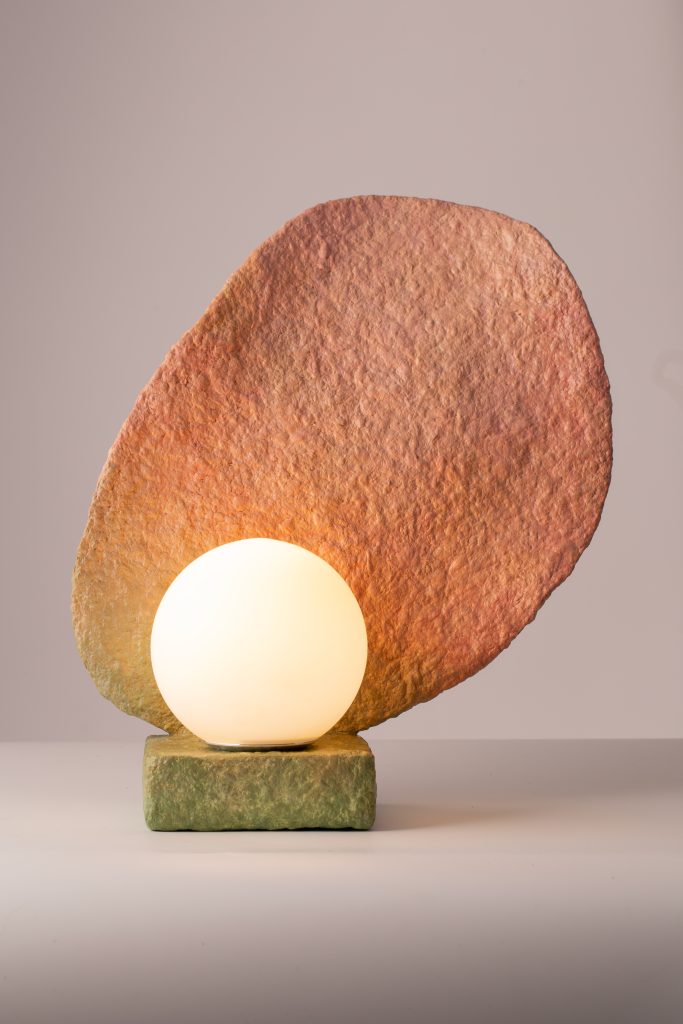



New Possibilities: When Paper Behaves Like Stone
At its core, this movement represents a fundamental reimagining of paper’s material properties. Consider Donatas Žukauskas’s work in Lithuania. His experimental composite – combining recycled paper with cement and proprietary binding agents – achieves something remarkable: a material that mimics concrete’s visual density while maintaining wood’s organic warmth and subtle flexibility. This hybrid approach suggests intriguing possibilities for material development.


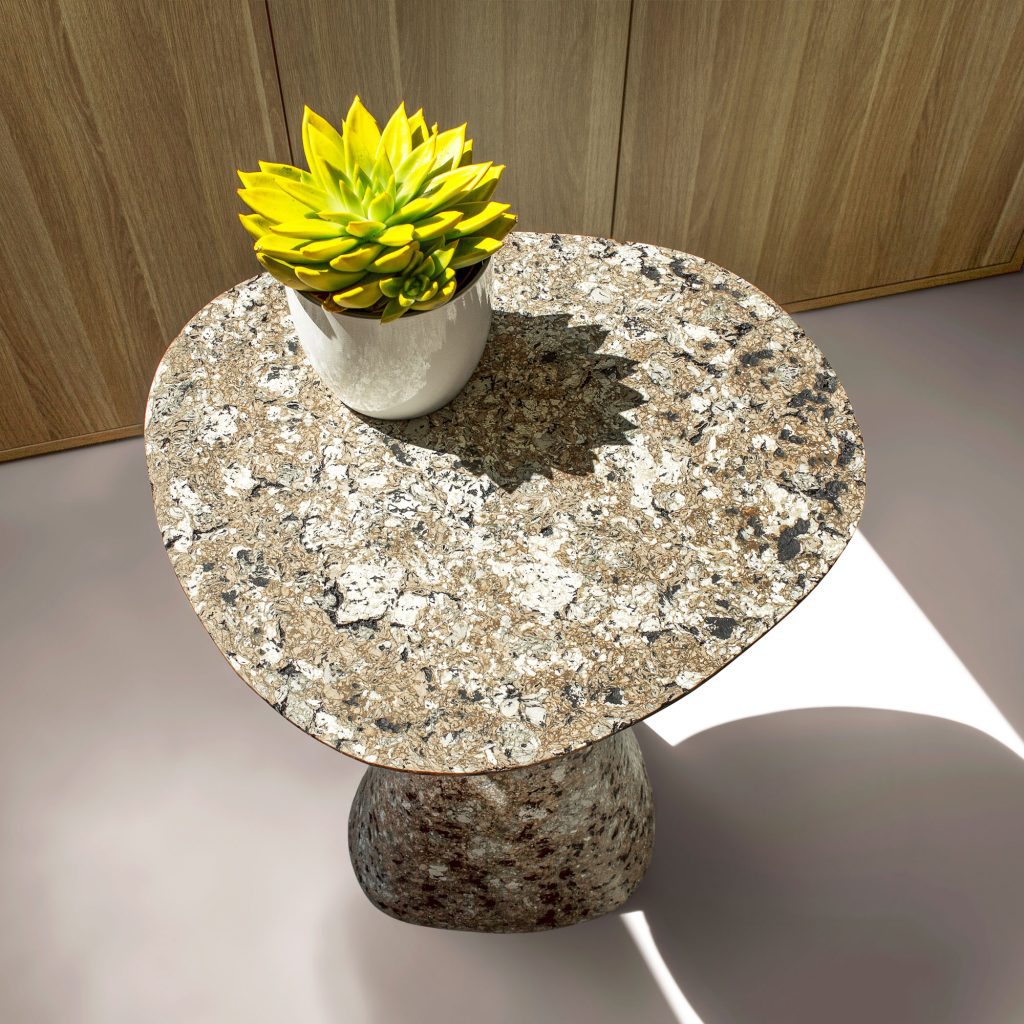





Perhaps most compelling are the performance characteristics of these new materials. B.C. Joshua’s Kugri chairs exemplify this evolution. Their structural bases, crafted from a proprietary blend of recycled paper and plasterboard (dubbed “GyPulp”), achieve load-bearing properties that challenge conventional material assumptions. The integration of scots pine elements creates an interesting dialogue between processed and natural materials.


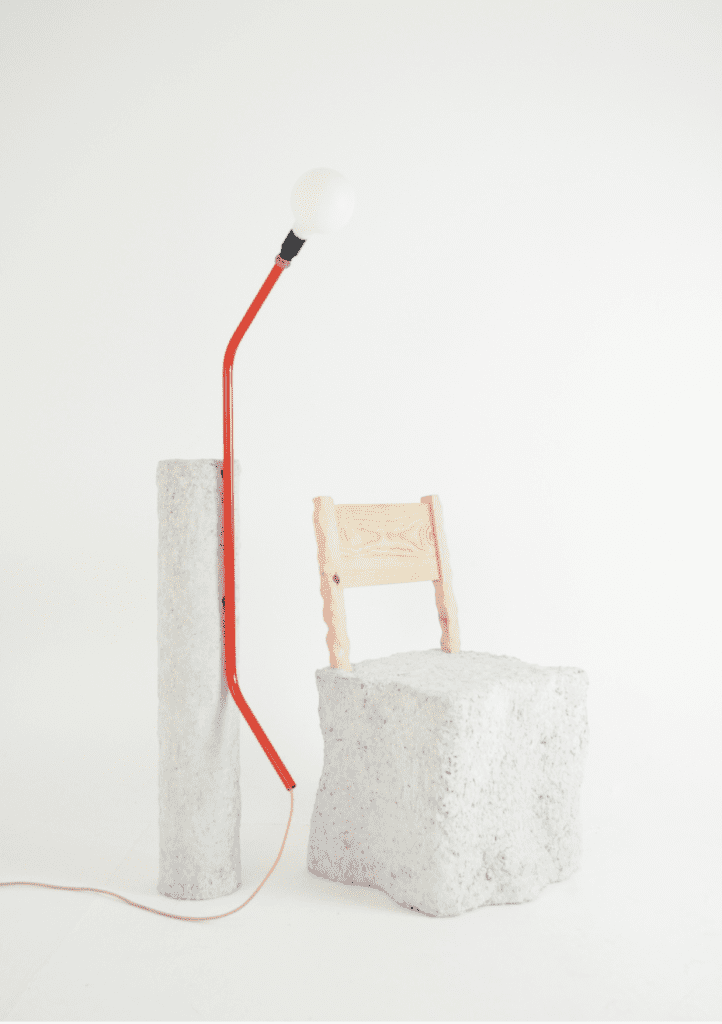



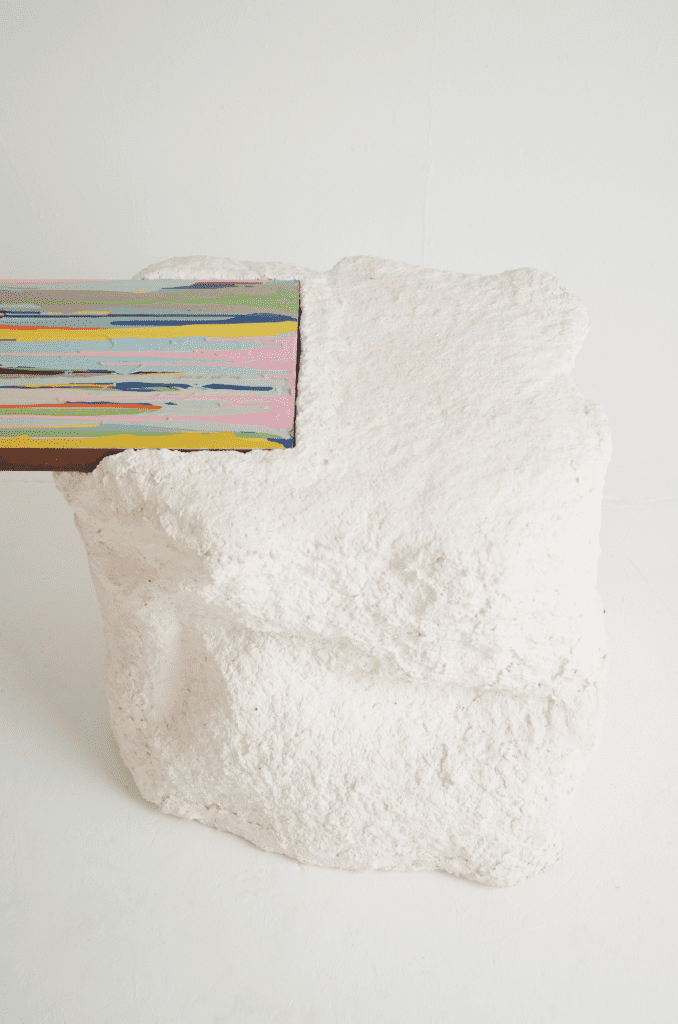



Paper’s Sustainable Future: Closing the Material Loop
The transformation of waste materials provides another fascinating and critical angle. Consider Riccardo Cenedella’s work inspired by Porta Palazzo, Europe’s largest open-air market in Torino. Where others saw mountains of discarded cardboard, Cenedella identified an untapped material resource. His systematic experimentation with precise ratios of water, gypsum, and PVA glue yielded an unexpected discovery: waste cardboard, properly processed, can achieve properties typically associated with architectural stone. This development suggests fascinating possibilities for waste stream integration in furniture production, particularly in urban centers where commercial waste presents both environmental challenges and material opportunities.


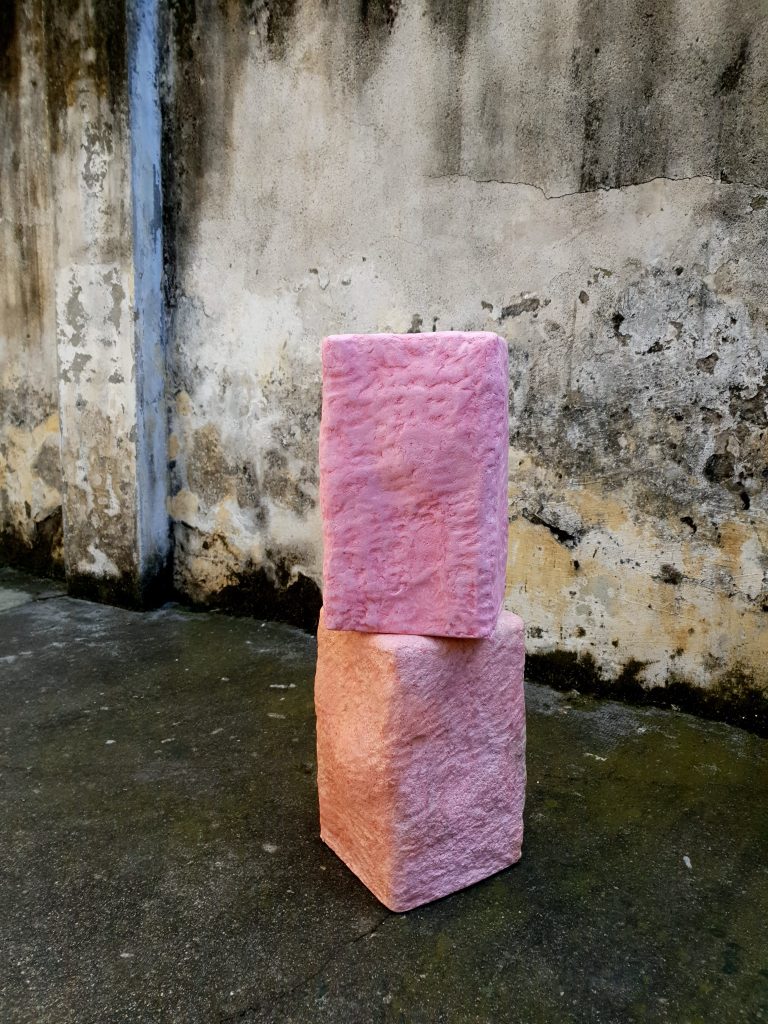



We see similar experimental approaches across the design field. David Čáp’s Prague studio demonstrates how shredded paper, properly engineered, can support complex geometric forms while maintaining structural integrity. MESEME Studio’s integration of spent brewer’s grain into paper composites suggests promising directions for industrial waste recapture.


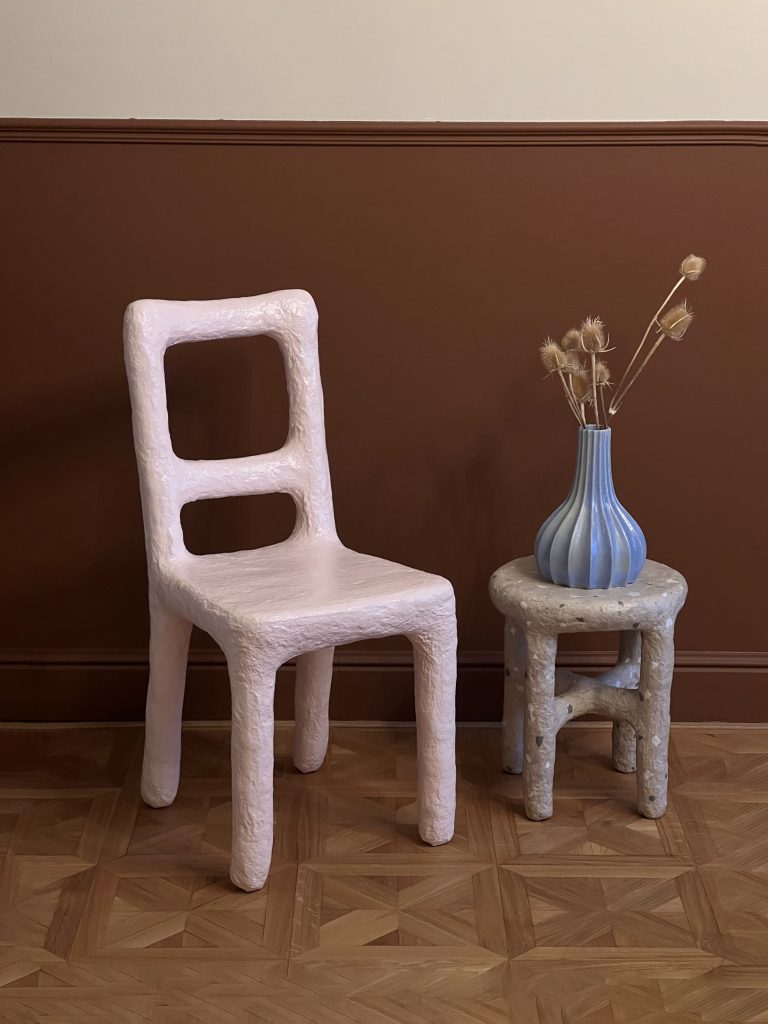





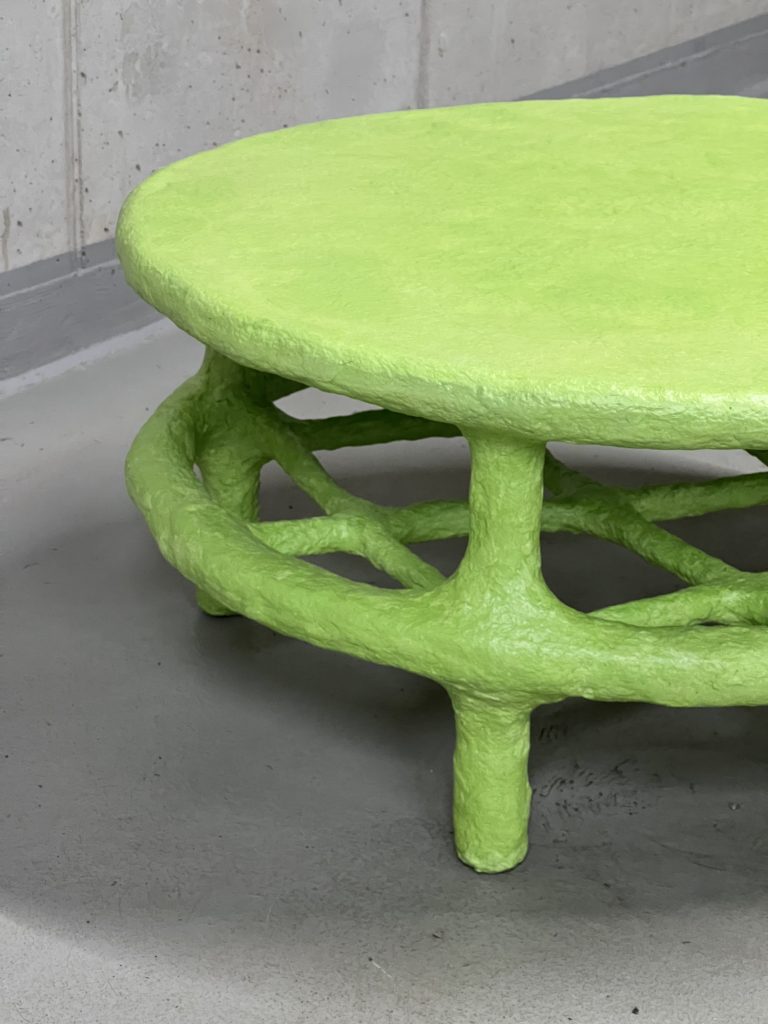

This movement raises critical questions about sustainability in furniture design. While traditional materials often represent terminal points in their lifecycle, paper-based furniture suggests the possibility of closed-loop material systems. Consider MESEME Studio’s MANTIS Table Lamps: its paper shade, incorporating non-woven fabrics and industrial byproducts, demonstrates how waste materials can achieve premium aesthetic and functional properties.


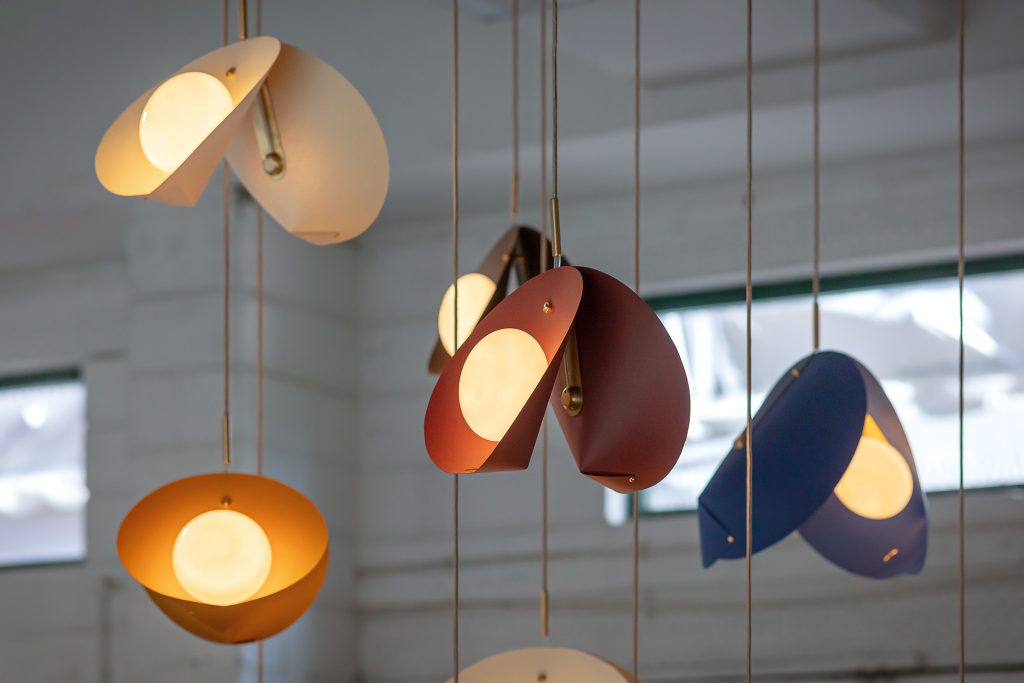

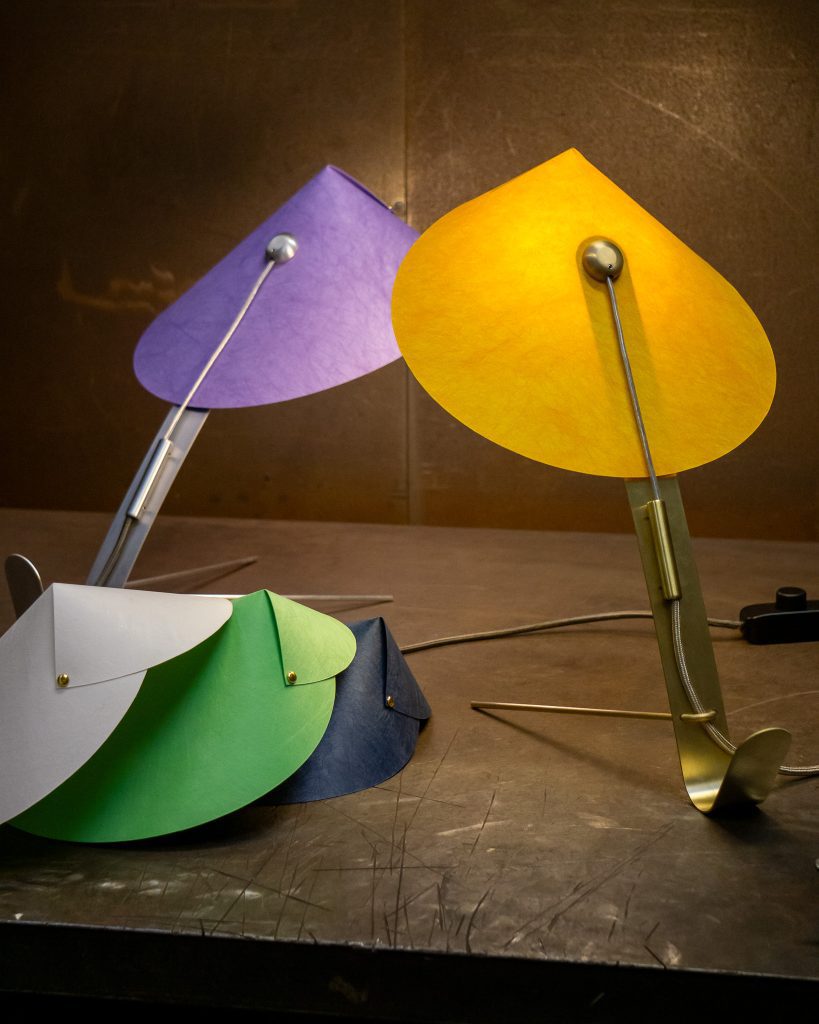

Acoustic Properties: Multi-dimensional Design Impact
As an added bonus, the acoustic properties of paper warrant deeper exploration in furniture design. Paper’s natural sound-dampening qualities introduce a unique functional layer, transforming these pieces from static decor to active participants in shaping a space’s acoustic atmosphere. Beyond aesthetics and utility, they redefine how sound interacts with interiors, opening up exciting possibilities for integrated furniture systems that blend form and sensory experience.
Looking Forward: Rethinking Material Innovation
The strategic implications for furniture design are significant. These experiments with paper suggest a broader shift in how we might approach material selection and lifecycle planning. Rather than pursuing ever-more exotic materials, perhaps the future of furniture design lies in radically reconsidering the materials we already understand.




While many sectors in 2024 pursue innovation through novel materials and emerging technologies, the paper furniture movement demonstrates a different pathway: strategic advancement through material reconceptualization. Each successful piece, from load-bearing chairs to architectural lighting elements, challenges conventional assumptions about the relationship between material complexity and functional achievement. Consider the strategic implications: while many industries invest heavily in developing new composites and compounds, these designers achieve remarkable results by applying contemporary scientific frameworks to one of humanity’s oldest manufactured materials.
This pattern suggests broader implications for design strategy and material innovation. Perhaps the next frontier lies not in synthesizing new compounds, but in systematically re-examining established materials through advanced engineering and design methodologies. The success of these paper experiments poses a compelling question: Could resourcefulness prove more innovative than invention?
The success of paper furniture experiments suggests a promising direction: innovation through deep material understanding rather than material novelty alone.
-

 Acesa Luminária Em Papel Machê€688 incl. tax
Acesa Luminária Em Papel Machê€688 incl. tax -

 Figa Luminária Em Papel Machê€725 incl. tax
Figa Luminária Em Papel Machê€725 incl. tax -

 Luminária Luz Sobre Mão€513 incl. tax
Luminária Luz Sobre Mão€513 incl. tax -

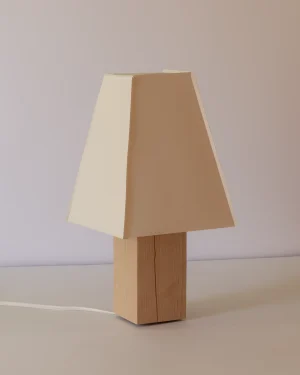 Pl – 1€1.250 incl. tax
Pl – 1€1.250 incl. tax -

 Blossom Pendant Light€3.666 incl. tax
Blossom Pendant Light€3.666 incl. tax -

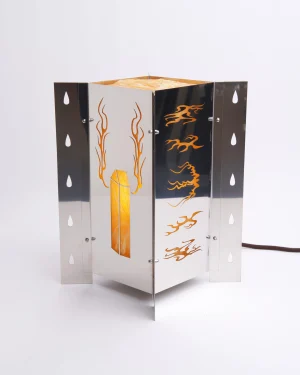 Ignis – Stainless Steel Table Lamp€2.500 incl. tax
Ignis – Stainless Steel Table Lamp€2.500 incl. tax -

 Tattooed Shining Creature – Papier-mâche Floor Lamp€1.750 incl. tax
Tattooed Shining Creature – Papier-mâche Floor Lamp€1.750 incl. tax -

 Pompi Lamp No.2€1.494 incl. tax
Pompi Lamp No.2€1.494 incl. tax -

 Pompi Lamp No.1€1.494 incl. tax
Pompi Lamp No.1€1.494 incl. tax





